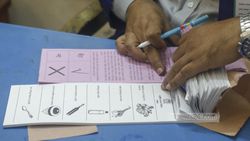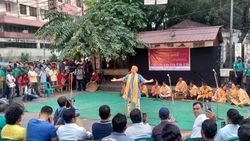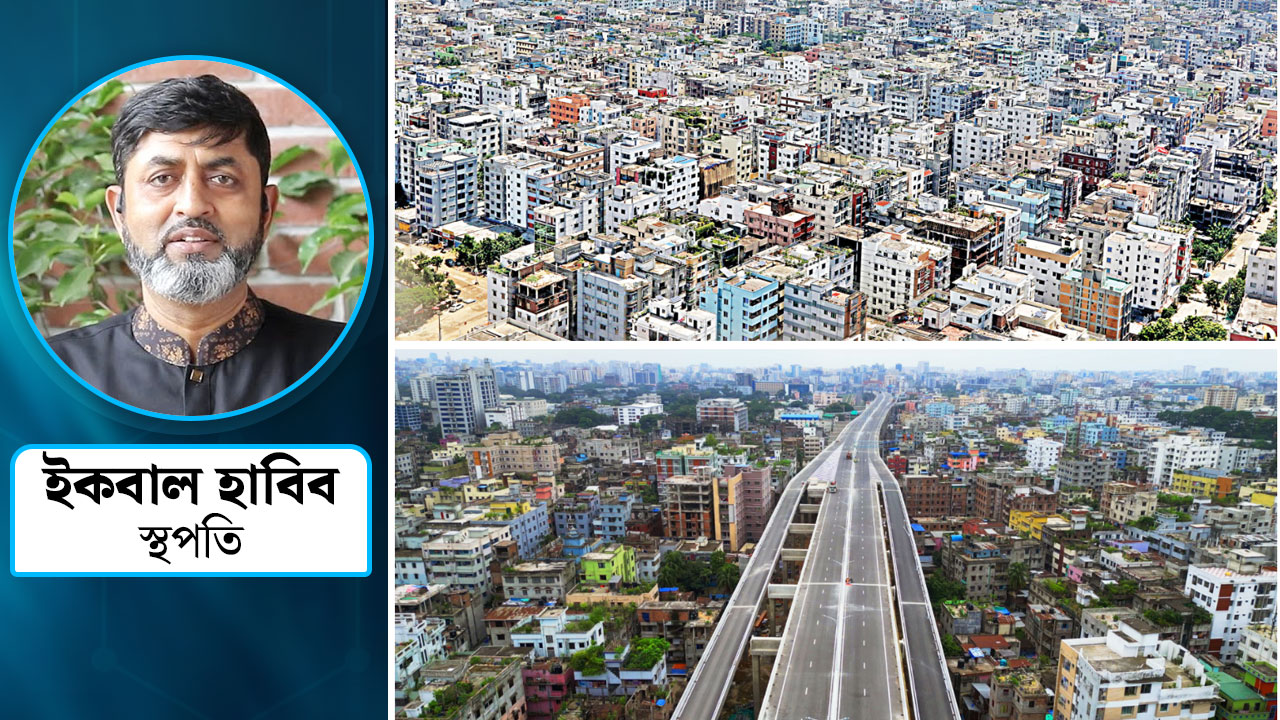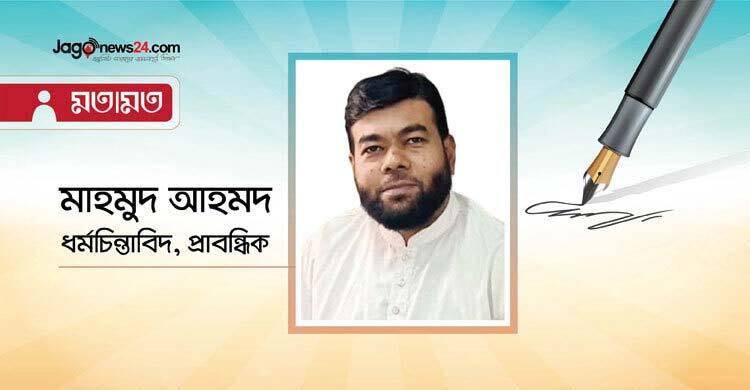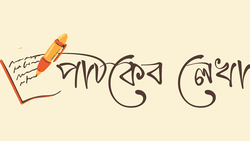
Poor people ravaged by pandemic fallout
There has never been any doubt that the Covid-19 pandemic would reinforce economic inequalities in the country as the poor, marginalised groups would be disproportionately affected. Now a new study, released on Thursday, shows that not only has that been the case, but also government aid packages, meant to alleviate the sufferings of the poor, didn't reach most of their intended beneficiaries either. The study corroborates the findings of earlier case studies in this regard. Importantly, it offers disaggregated data on different indicators of financial hardship based on the surveys of 10 marginalised groups—including people from chars, haors, coastal and slum areas; Dalits; indigenous people; people with disabilities; micro, small, and medium entrepreneurs; and returned migrant workers. The results show how these people had to endure income loss, reduce food consumption, reach for their savings and take out loans to cope with the pandemic fallout, despite the government's promise of help.
For example, the study says, only 37 percent of the surveyed marginalised households received government support. It also says that about 79 percent of the households experienced financial hardship during the Covid-19 pandemic. Of them, only 21.5 percent—or a little over one in five households—managed to recover, taking an average of five months to do so; the remaining 78.5 percent are expected to take an average of 13 months to recover. Four out of five households cut down expenses on food, while 64.5 percent of households cut down non-food expenses. The study further said that 20.8 percent of households had to use their savings and 47.9 percent had to take out loans, mostly between April and May last year. Also, at least one member of 70 percent of the households lost their jobs or had to shut down businesses.
